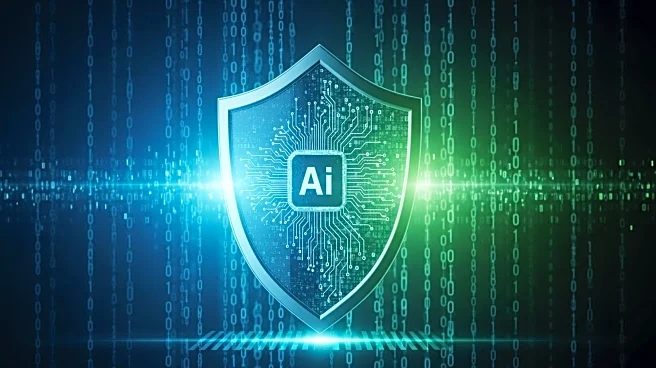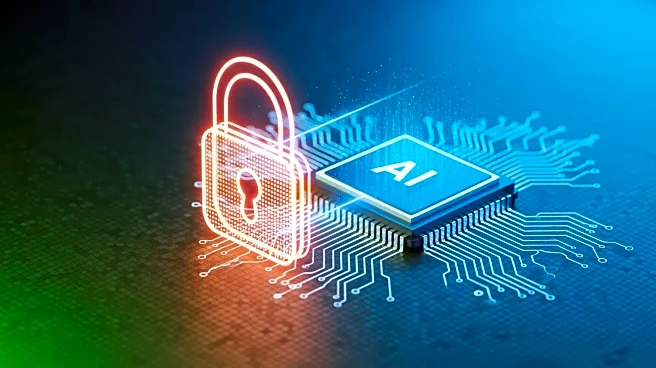What's Happening?
Chris Wysopal, co-founder and Chief Security Evangelist at Veracode, has raised concerns about the security vulnerabilities inherent in AI-assisted software development. During a discussion on the Safe Mode podcast, Wysopal shared findings from a study that examined over 100 large language models, revealing that 45% of AI-generated code samples contained security vulnerabilities. Despite advancements in AI reasoning, these improvements have not led to more secure code outputs. Wysopal stressed the importance of enhanced security testing and the need for better quality training data to address these issues as AI adoption continues to grow.
Why It's Important?
The insights shared by Wysopal underscore the critical challenges facing developers and enterprises as they increasingly rely on AI for software development. The prevalence of security vulnerabilities in AI-generated code poses significant risks to cybersecurity, potentially affecting industries that depend on secure software solutions. As AI technology becomes more integrated into development processes, the need for robust security measures and improved training data becomes paramount to prevent exploitation and ensure the integrity of software systems.
What's Next?
As AI continues to evolve, developers and enterprises must prioritize security testing and invest in high-quality training data to mitigate vulnerabilities. Collaboration between AI developers and cybersecurity experts will be crucial in developing secure AI models. Additionally, ongoing research and dialogue, such as those facilitated by platforms like Safe Mode, will play a vital role in addressing these challenges and shaping the future of secure AI-assisted software development.
Beyond the Headlines
The discussion around AI-generated code vulnerabilities also raises ethical considerations regarding the responsibility of AI developers to ensure the security of their products. As AI technology advances, the balance between innovation and security will be a key focus, influencing regulatory frameworks and industry standards.










